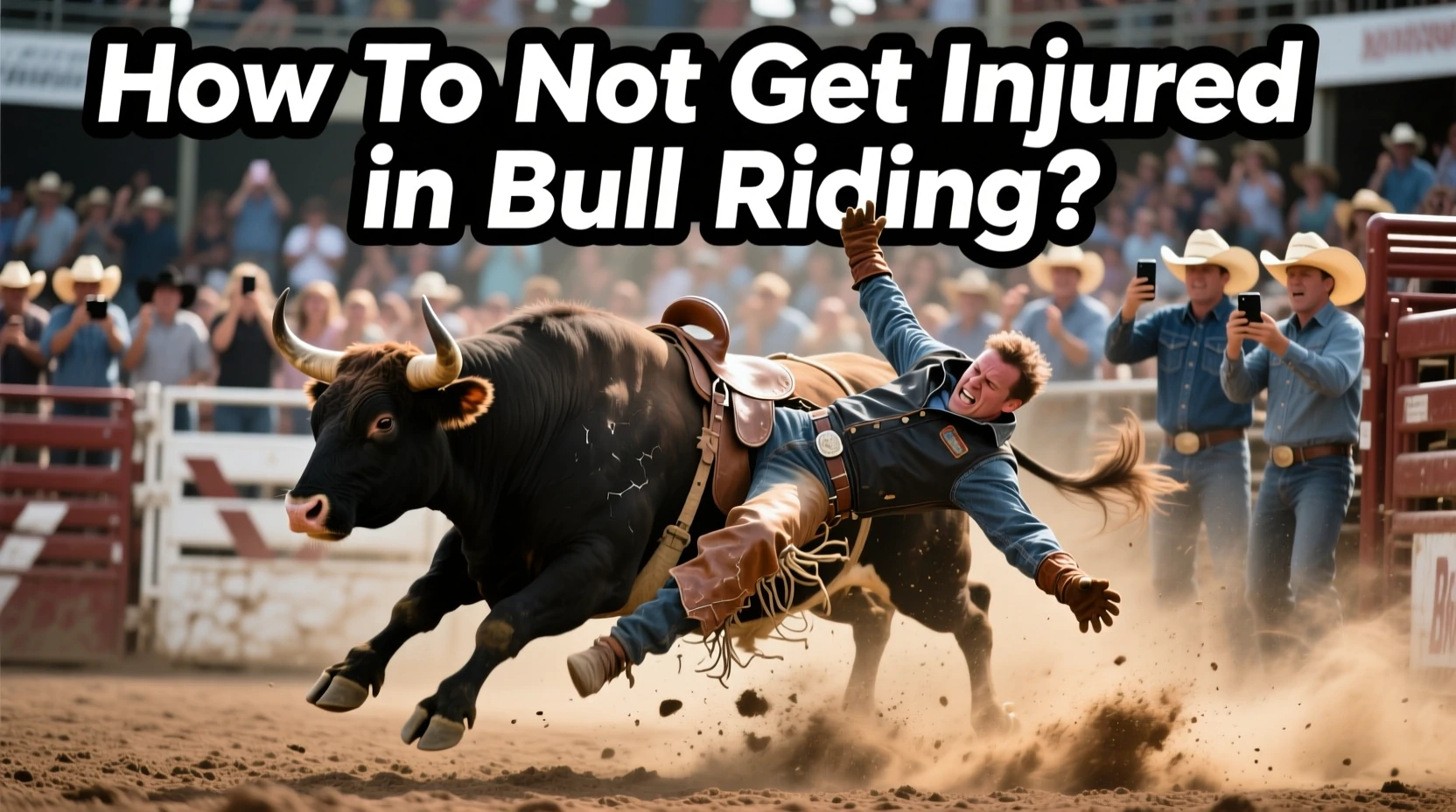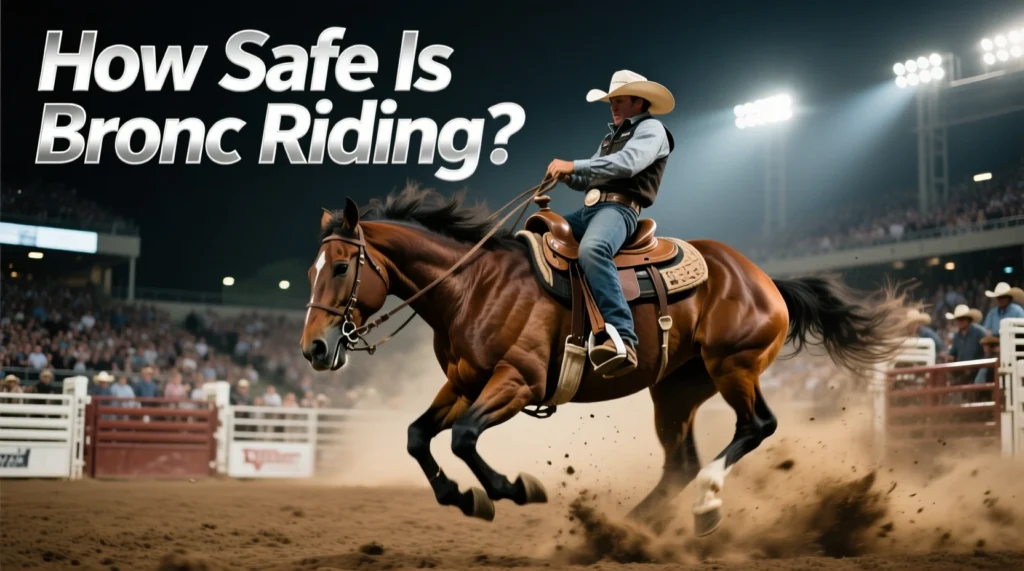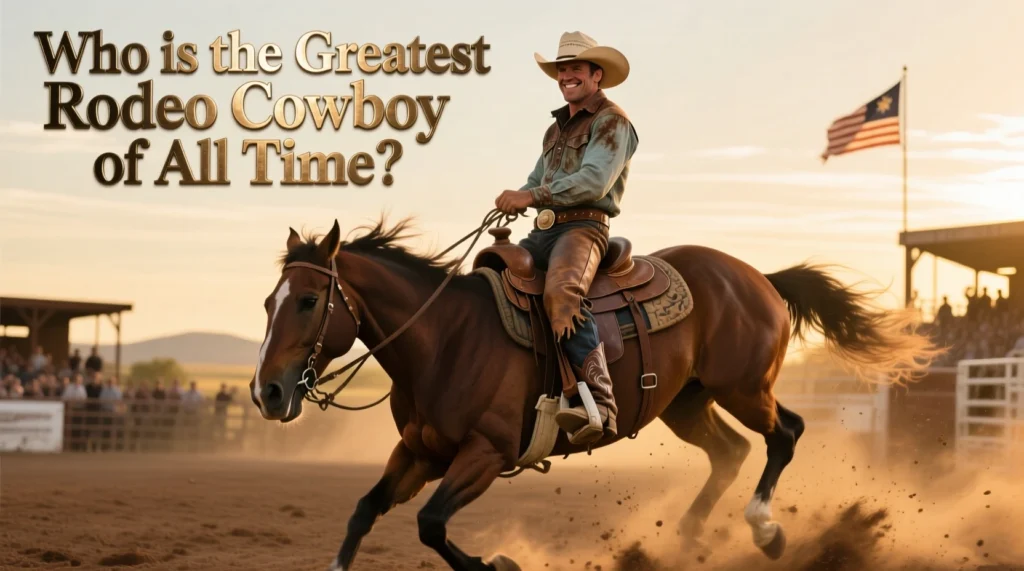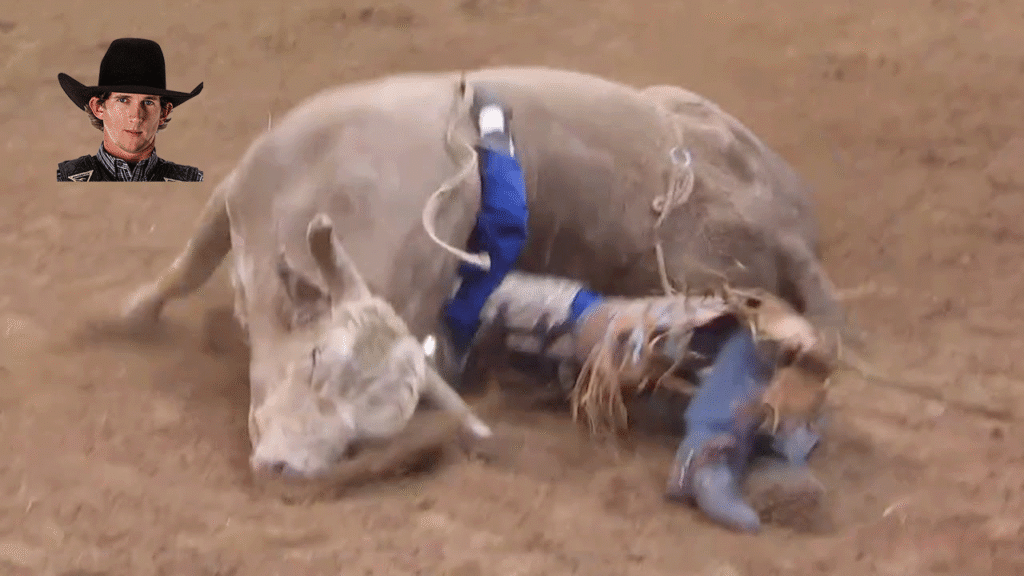How To Not Get Injured in Bull Riding? Learn how to prevent bull riding injuries with proven strategies. This expert guide covers safety equipment, riding techniques, physical training, and key statistics to help riders stay safe in the arena.
Table of Contents
Bull Riding Safety: An Expert Guide to Preventing Injuries in the Arena
Bull riding is one of the most electrifying and dangerous sports in the world, often referred to as “the most dangerous eight seconds in sports.” With an injury rate of 32.2 per 1,000 competitor exposures, risk is a stark reality for every rider who goes head-to-head. The potential for harm is significant, ranging from concussions and muscle strains to more serious, long-term damage.
However, a proactive and educated approach to safety can dramatically reduce these risks. This comprehensive guide synthesizes professional coaching insights, sports medicine research, and real-world experience to provide actionable strategies for preventing injuries in bull riding. By focusing on proper physical conditioning, using the right protective gear, and mastering safe techniques, riders can confidently pursue their passion while protecting their well-being.
The Stark Reality: Bull Riding Injury Statistics
Understanding the risks is the first step towards prevention. Research and medical reports paint a clear picture of the risks posed by this sport:
- High prevalence: Bull riding accounts for approximately 50% of all injuries sustained in professional rodeo, the highest of any rough stock event.
- Common injuries: While injuries can affect any part of the body, the head/face, knees, and shoulders are among the most frequently injured areas. Studies of the upper limbs in rough stock athletes have revealed a high incidence of unhealed and non-healing fractures, as well as early joint changes in the hands, wrists, and elbows.
- Concerns about head injuries: Concussions account for 8.6% of all bull riding injuries. This is especially concerning given the potential for long-term consequences.
The Three Pillars of Bull Riding Injury Prevention
Effective injury prevention isn’t about one piece of gear or one technique. It’s a comprehensive strategy built on three core pillars.
Pillar 1: Physical Preparation and Conditioning
A strong, flexible, and resilient body is your first line of defense. Bull riding demands explosive strength, superior balance, and the ability to absorb intense physical shock.
- Build a strong core: Your core muscles are the foundation of stability on the bull. A strong core keeps you centered and balanced during the bull’s unpredictable moves. Incorporate exercises like planks, Russian twists, and medicine ball slams into your routine.
- Develop explosive strength and stability: Training should mimic the demands of riding. Focus on lower-body stability with squats and lunges, and build explosive power with box jumps, kettlebell swings, and sprint intervals.
- Improve grip and arm strength: A powerful grip is essential for staying locked in. Exercises like farmer’s carries, wrist curls, and towel pull-ups build the arm and hand strength needed to maintain your grip.
- Prioritize flexibility and mobility: Tight muscles are more susceptible to stress and can throw you off balance. Dynamic stretching, yoga, and hip mobility exercises are important for injury prevention and recovery.
Pillar 2: Invest in and Use Protective Gear
Although the cowboy tradition sometimes resists protective equipment, modern gear has proven its value in reducing the severity and frequency of injuries.
- Protective vest: A must-have item, a vest is designed to protect your torso and internal organs from impacts, helping to prevent broken ribs and serious internal injuries.
- Helmet with face shield: Research shows that wearing a helmet can significantly reduce the rate of head injuries. One study found that bull riders can reduce their head injury rate from 1.54% to 0.80% per ride by wearing protective gear. Yet adoption rates are low in many communities.
- Mouthguard: A mouthguard not only protects your teeth, but can also help reduce the risk of concussion by absorbing shock to the jaw.
Pillar 3: Master Safe Riding and Falling Techniques
Technical skill is what separates an experienced rider from a novice, and it is a critical component of safety.
- Learn from a Qualified Coach: Training with an experienced bull rider is one of the most effective ways to learn proper technique. A good coach can provide hands-on instruction on everything from positioning in the saddle to how to safely dismount.
- Perfect your position: As Bull Rider Coach Willie Peterson emphasizes, success depends on control and safety, which starts with solid fundamentals. This includes keeping your free arm up for balance, maintaining a centered seat, and using your spurs effectively.
- Practice how to fall: Getting thrown is an inevitable part of bull riding. Knowing how to fall can mean the difference between walking away and serious injury. The key is to let go of the rope, tuck your limbs in, and roll away from the bull as you hit the ground to create distance and avoid being trampled.
Original Insight: The Mindset of a Safe Rider
Beyond the physical and technical, a rider’s mindset is an important, often overlooked, aspect of safety. A safe rider cultivates:
- Situational Awareness: This means remaining aware of the bull’s position, the location of the bullfighters, and the arena fence until you are in a safe location.
- Humility and Patience: It is important to respect the strength of the animal and not attempt to ride beyond your current skill level. Rushing the learning process or ignoring injury recovery timelines leads to preventable accidents.
- Focus on recovery: Overtraining leads to fatigue, which increases the risk of injury. As Bull Rider Coach recommends, incorporating rest days and flexible work into your weekly training plan is essential for long-term health and performance.
Case Study: The Role of Arena-Side Medical Care
The availability of immediate medical attention is an important safety net. The Justin Sports Medicine team, which has provided care at PRCA rodeos for decades, highlights the importance of trained medical professionals on site. Their data plays a critical role in understanding injury patterns. Additionally, a joint statement from the First International Rodeo Research and Clinical Care Conference recommended that physicians be available to assess and manage concussions at rodeos, and that bull riders under the age of 18 be required to wear headgear. This case study demonstrates that a comprehensive safety culture extends beyond the individual rider to event organizers.
Safety is a Continuous Commitment
Preventing injury in bull riding is not about eliminating risk completely – that’s impossible. Instead, it’s about discipline and a continued commitment to reducing risk through smart preparation, the right equipment, and good technique. By embracing the three pillars of physical conditioning, protective gear, and technical skill, and fostering a safety-first mindset, riders can enhance their careers and enjoy the thrill of the sport with more confidence. The roar of the crowd is sweet, but it’s not worth your long-term health.
Frequently Asked Questions for How To Not Get Injured in Bull Riding?
What is the most important piece of safety gear for a bull rider?
While all gear is important, a protective helmet with a face shield is highly recommended due to the dangerous rate of concussion in the sport. Research shows that it can reduce the risk of head injury by almost half.
How long does it take to learn bull riding safely?
There is no set timeline, as it depends on natural ability and training intensity. However, it is widely advised to train with an experienced coach for a significant period of time to learn proper technique and safety protocols before riding solo.
What should I do immediately after being thrown from a bull?
Your main goal is to get to safety. Get up quickly and if possible, head towards the arena fence, relying on the bullfighters to distract the animal. Do not stay on the ground near the bull.
Are mechanical bulls a safe way to practice?
Mechanical bulls are generally safer than live bulls due to their predictable motion, but they are not without risk. A 2024 study found alarming rates of injuries to children from mechanical bulls, with traumatic brain injuries being the most common. Always use a properly maintained machine with thick padding and a trained operator.








